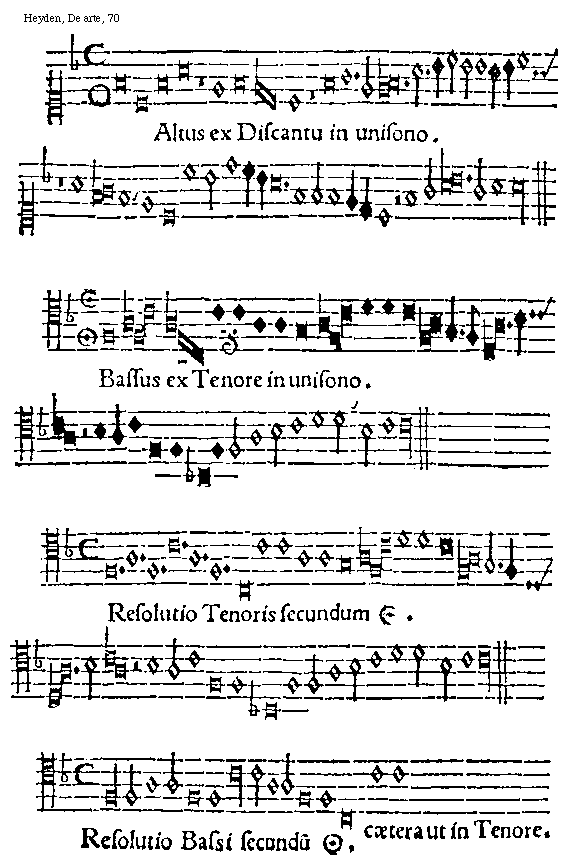
Under the emperor Claudius, i.e., in the 40s, Apion was again teaching in Rome (T 1). AD 40 he met Pliny, not yet Elder, who half his lifetime later still recalled the event (F 15). At some point in Caligula’s reign, likely before his service as ambassador, he made a well-received speaking tour of Greece (T 7). Under Caligula, he was appointed ambassador of the Greeks of Alexandria to argue a case against the Jews of Alexandria before the emperor in Rome, which took place in AD 40 (T 6). Under Tiberius he taught in Rome and was well enough known for the Emperor to mock him as the world’s gong (T 12). He went down to Alexandria and studied under Didymos ‘Bronze-Guts’, became a citizen of Alexandria, and succeeded Theon as head of the Library, c. Such cases are found especially in the reconstruction of the section on krafts (τέχναι) imitating nature, fr.106-124 Leb.Īpion was of Egyptian ancestry, born in one of the oases west of the Nile, probably c. a doctrinal (rather than lexical) convergence of several independent sources that does not allow to establish the exact wording of the lost original, but makes more ol less certain the existence of a certain analogy, idea or other tenet, since the name of Heraclitus appears in one or more contexts. Some «fragments» in our edition are «thought-fragments» rather than «text-fragments», i.e. Some fragments in our edition are reconstructed on the ground of ancient summary that after quoting a verbatim fragment points to the existence of «other, similar» sayings of Heraclitus (such are 6 hypothetical fragments in 44A and 45A in our edition). We usually restrict the admission to the main corpus of fragments by first three categories.
Id factum esse tum non negavit free#
The status of authenticity may be variable starting from a flawless verbatim quotation in Ionian dialect and descending down to a mixed verbatim quotation with paraphrase, to a good paraphrase close to original text, to a free paraphrase, to an interpretive paraphrase, to a polemical paraphrase that seriously distorts the original, to a mere reminiscence of term or a topos. 2016), but as any ancient text that contains a unique piece of information on the philosophical content of a lost Preplatonic work, that cannot be reduced to other texts, an elementary «atom» of information. In this edition we understand «fragment» not in Diels' formal sense as a verbatim quotation distinguished from «doxography» (an ill-defined category that we have criticised on our article "The origin and transmiision of the doxographical tradition.

In some other cases fragments considered authentic in DK, have been downgraded to interpretive paraphrase (B7, partly B91 DK) or to spuria (e.g. from a doxographicum to a paraphrase of a verbatim quotation that contains a unique authentic tenet. Some of these fragments are new, some have been known before, but their status of authenticity has been reassessed and upgraded, e.g. More than 20 fragments of the main corpus are not included in Diels-Kranz and other editions. Most of "Probabilia", including anonymous quotations in Plato, are based on new attributions. probable fragments that are quoted without explicit mention of Heraclitus' name. This edition contais 160 fragments in the main corpus and 15 "Probabilia", i.e.


 0 kommentar(er)
0 kommentar(er)
